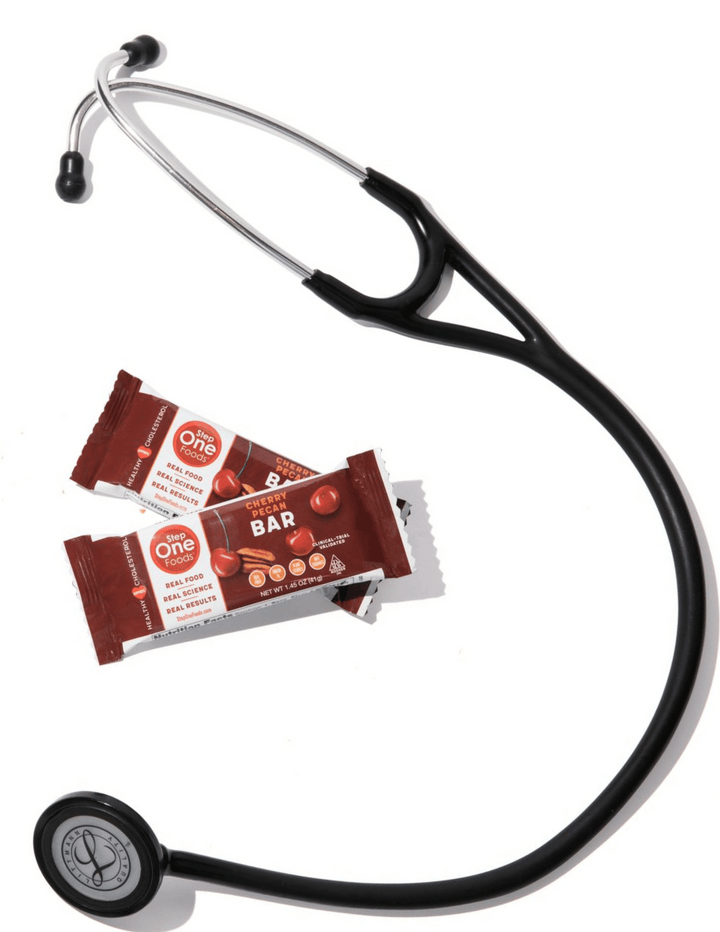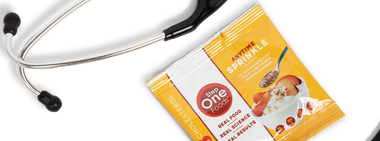Insulin Resistance, Prediabetes and Type 2 Diabetes. Part 1: Defining the Problem

Welcome to another multi-part series, this time focused on one of the most common health conditions affecting Americans today: disordered glucose metabolism. Disordered glucose metabolism can manifest as insulin resistance, prediabetes or type 2 diabetes. And chances are very high that you have been personally affected or know someone who has.
The goal of this multipart series is to help you:
-
Gain knowledge about these disorders.
-
Determine your personal risk.
-
Understand the necessary testing.
-
Create a plan to avoid or reverse them—without simply resorting to more and more medication.
A Continuum of Metabolic Dysfunction
Here’s one of the most important truths to understand: Insulin resistance (IR), prediabetes (PreDM) and type 2 diabetes (T2DM) are really the same disease but at different severity levels. They all represent a disturbance in blood sugar control, comprising a continuum of metabolic dysfunction. All people with T2DM were PreDM at some point. And all people with PreDM started out with IR.
While therapeutic action typically ramps up once T2DM is diagnosed, we should be aggressively preventing progression much earlier in the disease process.
Definitions
Type 2 diabetes is diagnosed once our fasting blood sugar levels measure 126 mg/dL or higher on two separate occasions and/or we reach a Hemoglobin A1C (HbA1C) measurement of 6.5% or greater.
Prediabetes is diagnosed once our fasting blood sugar level measures between 100 and 125 mg/dL on two separate occasions and/or we reach a HbA1C between 5.7% and 6.5%.
Why Double Glucose Testing?
The reason that we need at least 2 separate blood glucose measurements to confirm the presence of T2DM or PreDM is that blood glucose measurements provide us with only a snapshot of blood sugar control. The number on the lab report represents the concentration of glucose in our bloodstream at the moment the blood was drawn. But glucose levels vary minute to minute throughout the day and can change dramatically in response to meals. So one abnormal blood sugar level could be an outlier. And a relatively normal blood sugar might not be providing us with the entire picture.
Why is HbA1C a Better Marker?
HbA1C is especially valuable because it provides a sense of overall blood sugar control over an extended period, typically the past 2–3 months. It’s as if we assessed your blood glucose level every second of every day over the past 60-90 days and provided you with an average.
Hemoglobin A1C is the measure of the proportion of hemoglobin (yes, the same stuff that carries oxygen in our red blood cells) that has a glucose molecule attached to it. This process of glucose attachment is called “glycosylation” and is irreversible. It’s normal to find some of our hemoglobin in the glycosylated state. But as overall blood sugar control deteriorates and more glucose can be found circulating in our blood streams, more and more blood sugar ends up attached to our hemoglobin.
Because glycosylation is irreversible and because red blood cells (and the hemoglobin they contain) are recycled every 2-3 months, HbA1C is a backwards looking measurement that changes slowly. This is why we typically retest HbA1C once every 3 to 4 months at most.
Insulin Resistance: Hidden in Plain Sight
In patients who are insulin resistant, fasting blood sugar and HbA1C fall into normal ranges, but that doesn’t mean all is well - other clues exist that problems are brewing. Blood glucose and HbA1C levels are typically upper limits normal, triglyceride levels may be elevated, excess weight, especially in the abdominal region may be present. Elevated blood pressure and higher levels of inflammatory markers are also commonly seen in individuals with IR.
The definitive test for IR involves measuring not only blood sugar and HbA1C, but insulin levels and a compound called c-peptide. C-peptide is released in proportion to the amount of insulin your body is making. People with insulin resistance need to make more insulin to keep their blood sugars in the normal range. So blood sugars and HbA1Cs will be normal, but c-peptide levels will be elevated in people with IR.
The insulin measurement can be used in conjunction with your fasting glucose value to mathematically generate another result called a HOMA-IR (Homeostatic Model Assessment-Insulin Resistance) score. HOMA-IR scores greater than 1.0 typically indicate that IR is present, with levels over 2.0 indicating severe insulin resistance.
Checking c-peptide levels or calculating HOMA-IR is not something that is routinely done at annual physicals. This is why paying attention to the other clues is so important for both you and your physician. Because the earlier you catch the metabolic dysfunction, the easier it will be to correct.
The Magnitude of the Problem
The Center for Disease Control estimates that 38 million Americans have full blown diabetes and 98 million have prediabetes. Another 48 million or so are estimated to have insulin resistance. This basically encompasses nearly 75% of adults in our country.
What’s really scary is that no matter where you fall on the spectrum of these disorders, your risk of developing downstream health issues is significantly increased. Those health issues include heart disease, peripheral vascular disease, stroke, erectile dysfunction, various forms of cancer, and even dementia.
And risk goes up logarithmically as you advance through the stages. So, IR is not benign. Prediabetes is most definitely NOT a pre-disease. And type 2 diabetes is an all-out metabolic emergency.
The Good News
Regardless of where you fall on the spectrum, disordered glucose metabolism is often REVERSIBLE. Even type 2 diabetics can reverse their disease if it’s caught early enough and intervened on aggressively enough. IR and PreDM are completely un-doable. The key is to start an all-out effort now, regardless how far along you’ve traveled. The sooner the better.
Next up: How do these conditions develop?
About Step One Foods: Step One Foods offers convenient, scientifically-formulated foods clinically validated to rapidly reduce cholesterol and improve cardiometabolic health. Real food. Real results. Unapologetically delicious. Learn more at steponefoods.com.

Tested & Proven Results.
- Cardiologist formulated
- Supported by over 500 publications
- Clinically-proven, in a double-blind randomized trial with Mayo Clinic and The University of Manitoba
80% of participants lowered their cholesterol in just 30 days. With just two servings per day, Step One Foods offers a proven-effective way to naturally lower LDL (bad) cholesterol.
Get heart health tips and articles like this, delivered right to your email.
New articles every week.
You may also like...

The 95% Problem: Is Your Doctor Missing the Fastest Way to Lower Cholesterol?

You don’t need to avoid foods with cholesterol…except for these



